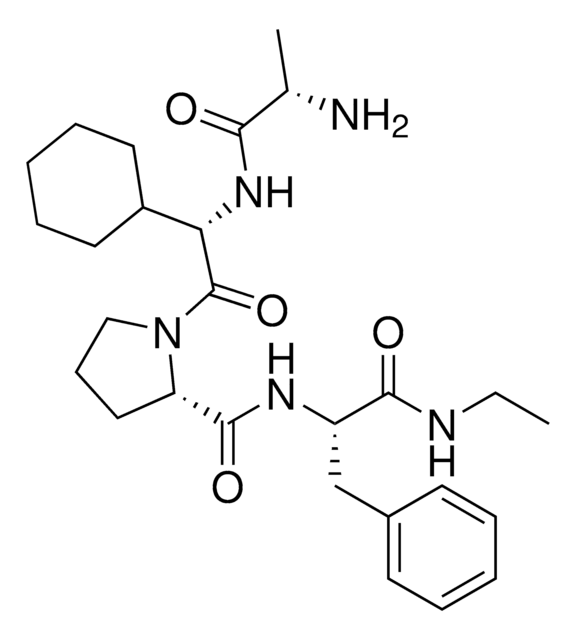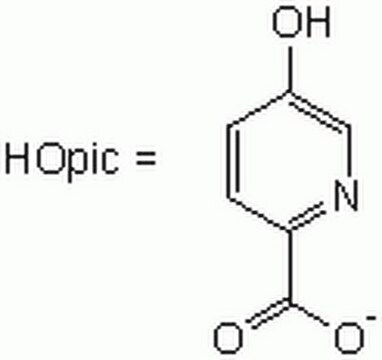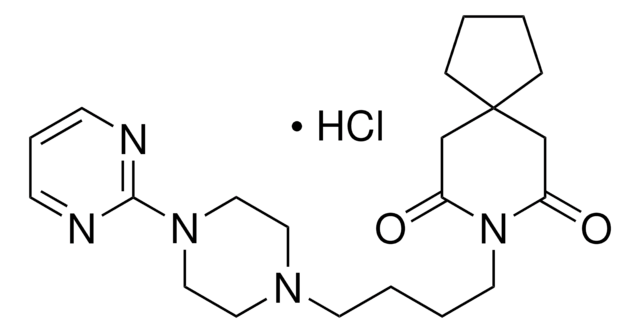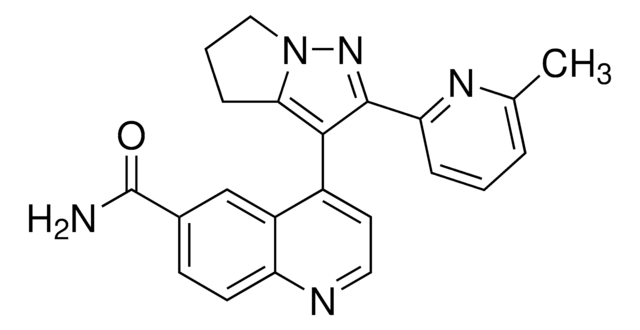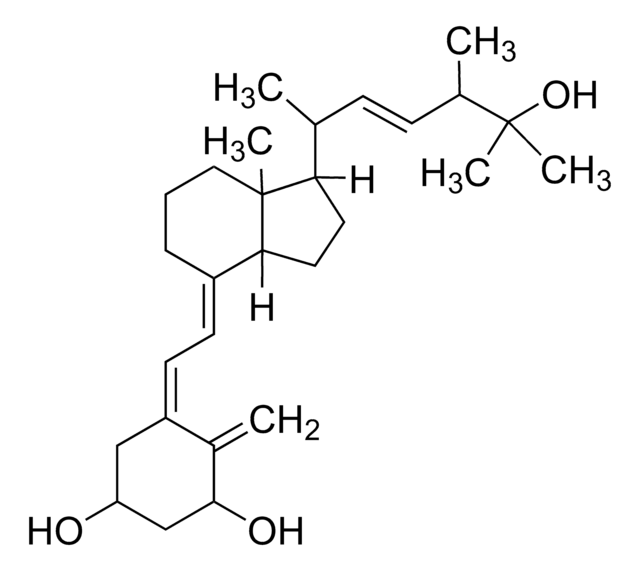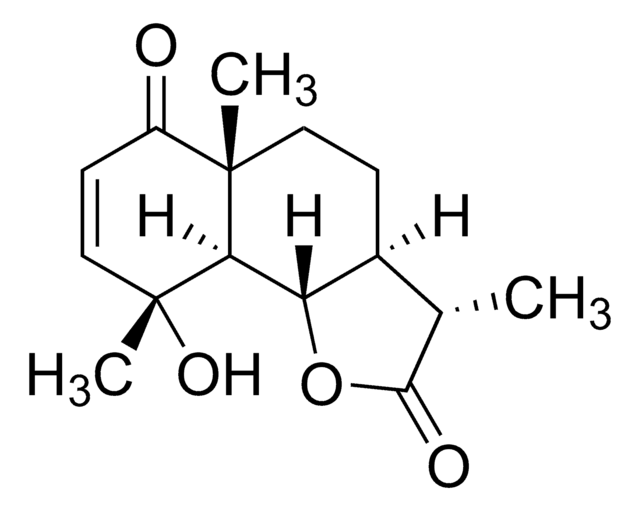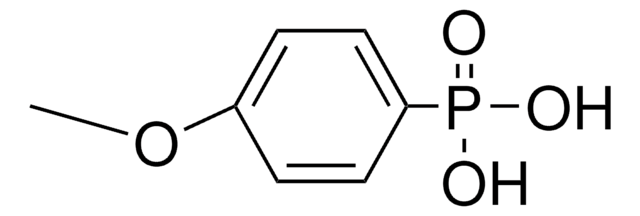SML0351
CPDT
≥96% (HPLC)
Synonym(s):
5,6-Dihydro-Cyclopenta[c]-1,2-dithiole-3(4H)-thione, CJ 11788, SNU2A
About This Item
Recommended Products
Quality Level
Assay
≥96% (HPLC)
form
powder
color
faintly red to very dark red
solubility
DMSO: 2 mg/mL (warmed)
storage temp.
2-8°C
SMILES string
S=C1SSC2=C1CCC2
InChI
1S/C6H6S3/c7-6-4-2-1-3-5(4)8-9-6/h1-3H2
InChI key
AVSGTGUIBQOXJK-UHFFFAOYSA-N
Application
Biochem/physiol Actions
Signal Word
Danger
Hazard Statements
Precautionary Statements
Hazard Classifications
Acute Tox. 3 Oral - Aquatic Chronic 3
Storage Class Code
6.1D - Non-combustible acute toxic Cat.3 / toxic hazardous materials or hazardous materials causing chronic effects
WGK
WGK 2
Flash Point(F)
Not applicable
Flash Point(C)
Not applicable
Choose from one of the most recent versions:
Certificates of Analysis (COA)
Don't see the Right Version?
If you require a particular version, you can look up a specific certificate by the Lot or Batch number.
Already Own This Product?
Find documentation for the products that you have recently purchased in the Document Library.
Our team of scientists has experience in all areas of research including Life Science, Material Science, Chemical Synthesis, Chromatography, Analytical and many others.
Contact Technical Service
